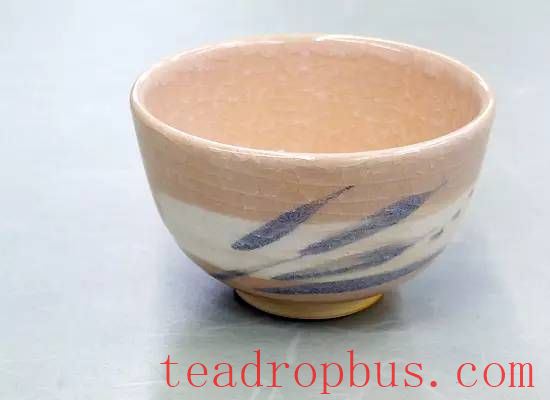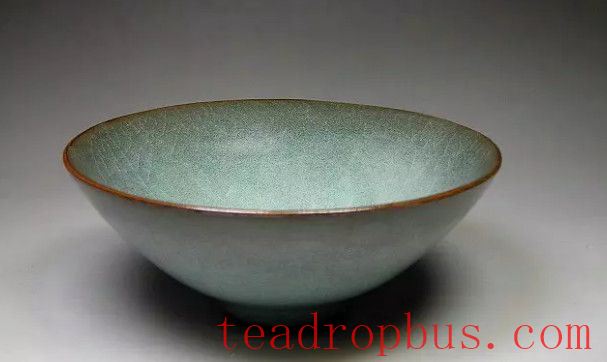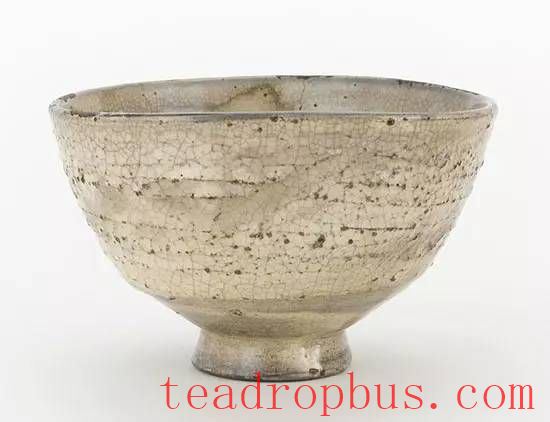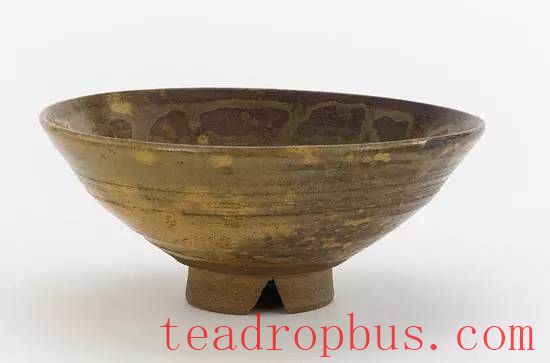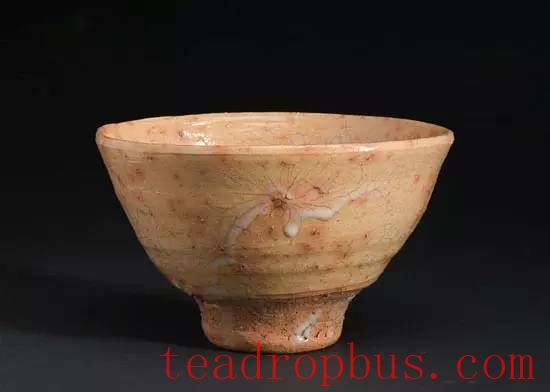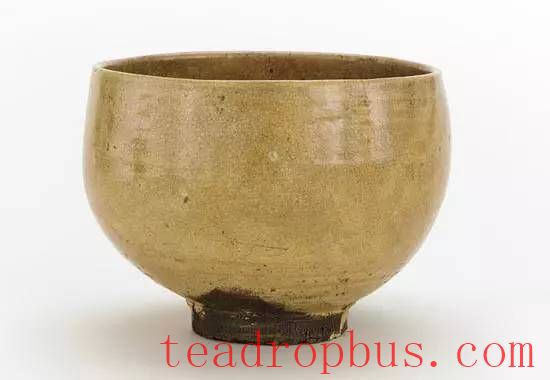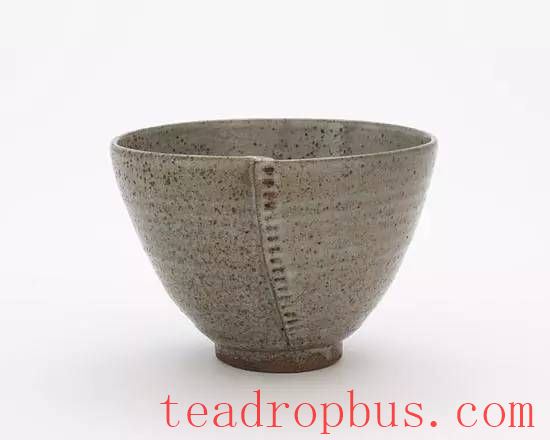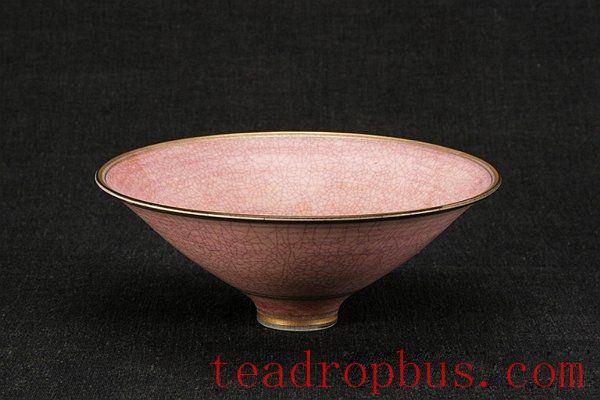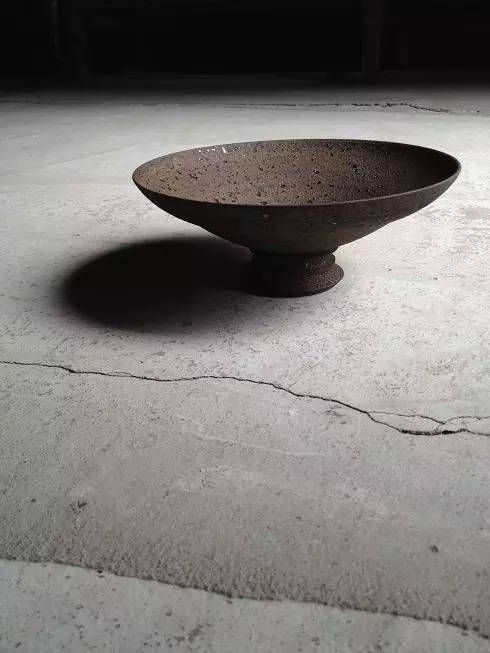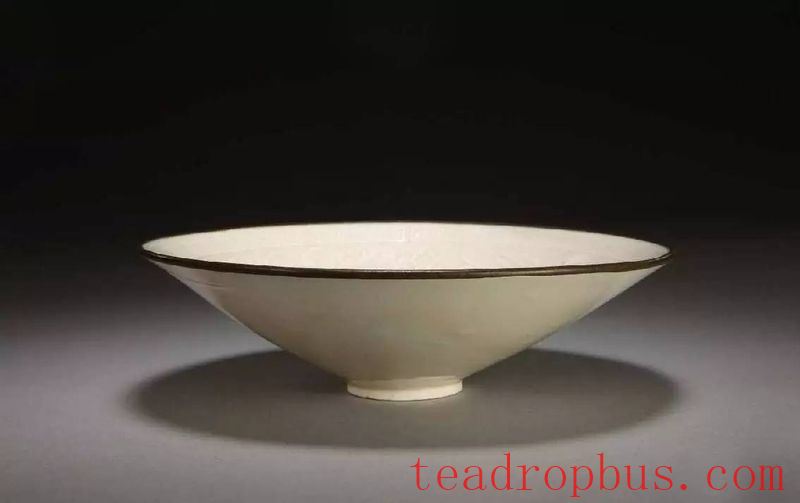Throughout history, tea bowls have been known by various names, each reflecting the poetic imagination of tea enthusiasts about the beauty of tea bowls and embodying changes in their shapes across different eras.
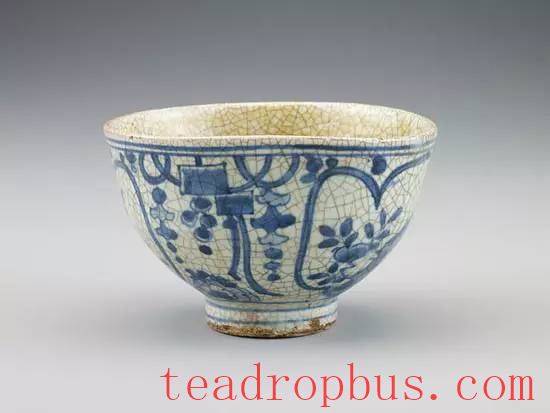
In the early days of Tea drinking, since tea had not yet become the dominant beverage, there were no dedicated utensils for drinking tea. Teacups were often mixed with wine glasses and food containers. Since the Qin and Han dynasties, as the custom of drinking tea became more prevalent, tea utensils began to separate from daily dining and wine vessels. By the Tang Dynasty, tea had become a staple beverage in people's daily lives, and a social phenomenon emerged where tea enthusiasts promoted tea, royalty valued tea, writers wrote about tea, Buddhists revered tea, and the entire nation drank tea. It was at this time that specialized utensils for drinking tea—the tea bowls—emerged.

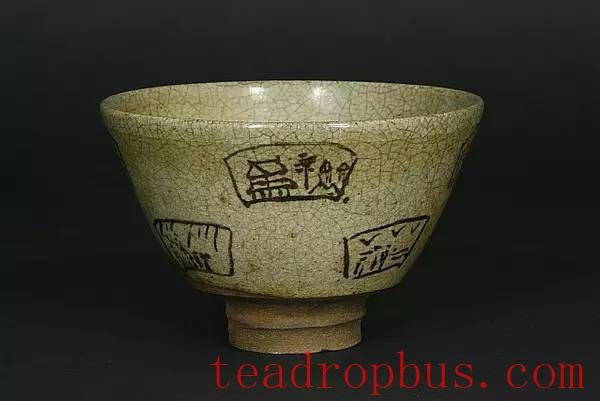
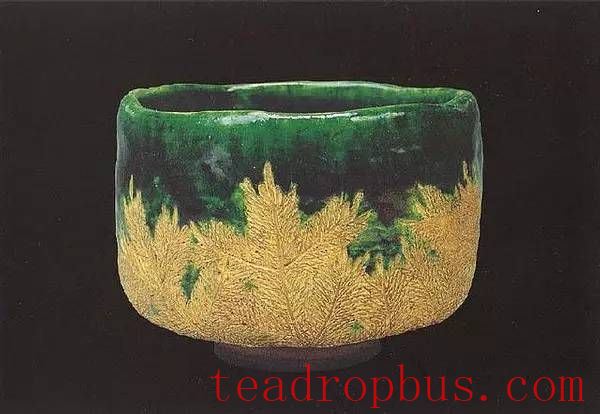
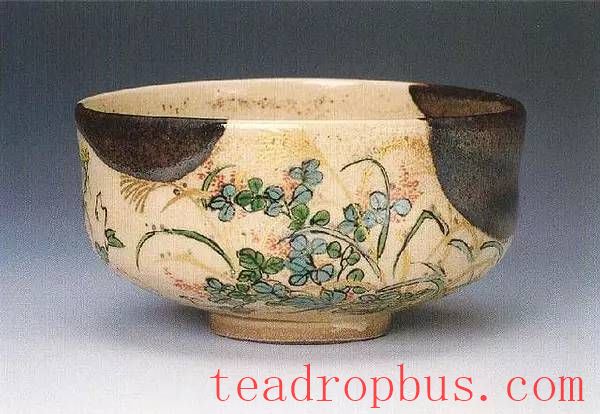
In the Tang Dynasty, tea bowls were commonly referred to as tea cups (wan), and in Tang poetry, the term “tea cup” (ou) appeared more frequently than “Tea bowl.”
Poetry mentioning tea bowls includes Lu Tong's “Seven Bowls of Tea,” with lines such as “one bowl moistens the throat… seven bowls make one unable to drink any more, only feeling a gentle breeze rising from both armpits”; and Wang Wei's “Reply to Yan Shaoyi Xu Shenren after They Visited but I Was Not Home,” which reads “you may just pour out the tea bowl, it will be fine for you to ride your horse back home.”
Poetry mentioning tea cups includes Cen Can's “Autumn Gathering at the Bamboo Study of Yan Jingzhao's Back Hall,” with lines like “the tea cup is fragrant with a tender color, the window is cold with dry bamboo sounds”; and Yao He's “Ten Poems on Apricot Brook – Apricot Spring,” which says “I come holding a tea cup, repeatedly tasting it here.”
Among all poets of the Tang Dynasty, the one who left the most poetry about tea bowls was Bai Juyi. Bai Juyi called himself Mr. Drunken Chant, not only fond of alcohol but also an avid tea drinker. Examples of his works include “Fifty Verses of Thoughts on Eastern Travel,” with lines such as “guests welcome with wine flasks, monks prepare tea cups”; “After Rebuilding Xiangshan Temple, Writing Twenty-Two Verses to Commemorate It,” with lines such as “smoke incense seals medicinal tortoises, cold springs wash tea cups”; “Occasional Thoughts on Mountain Roads,” with lines like “resting by the spring, drinking several cups of tea, walking amidst the mountains, taking a sip of wine”; and “Inviting Master Taoguang,” with lines such as “in a white house cooking fragrant rice, no meat or fish are served… inviting the master to eat together, after the vegetarian meal, a cup of tea.”

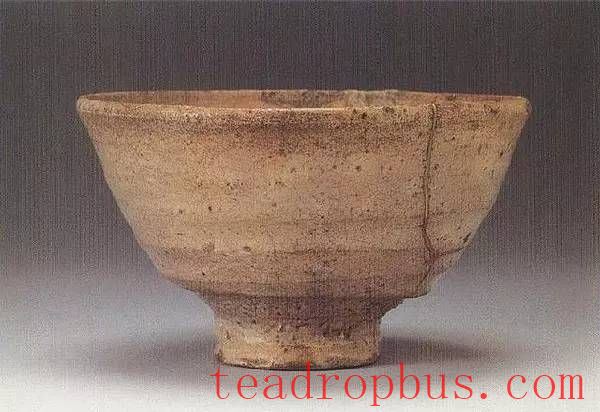

In modern times, with the development of tea ceremony, Japanese tea bowls have gained significant renown, including those produced by famous kilns such as “Raku Kiln,” “Saraya Kiln,” and “Shino Kiln.”
In addition to Japanese tea bowls, two other important sources of tea bowls are China's Jian'an Kiln in Tianmu Mountain and Goryeo. The former is known as “Tianmu tea bowl,” the earliest type of tea bowl used in tea ceremonies, highly valuable, but as figures like Sen no Rikyu gradually shifted the tea ceremony towards simplicity and naturalness, Tianmu tea bowls fell out of fashion and are now rarely used, although their value continues to increase. On the other hand, Goryeo tea bowls were actually simple and crude everyday bowls in Goryeo, but in the eyes of great tea masters like Sen no Rikyu, they perfectly embodied the essence of the tea ceremony and were therefore widely used.
